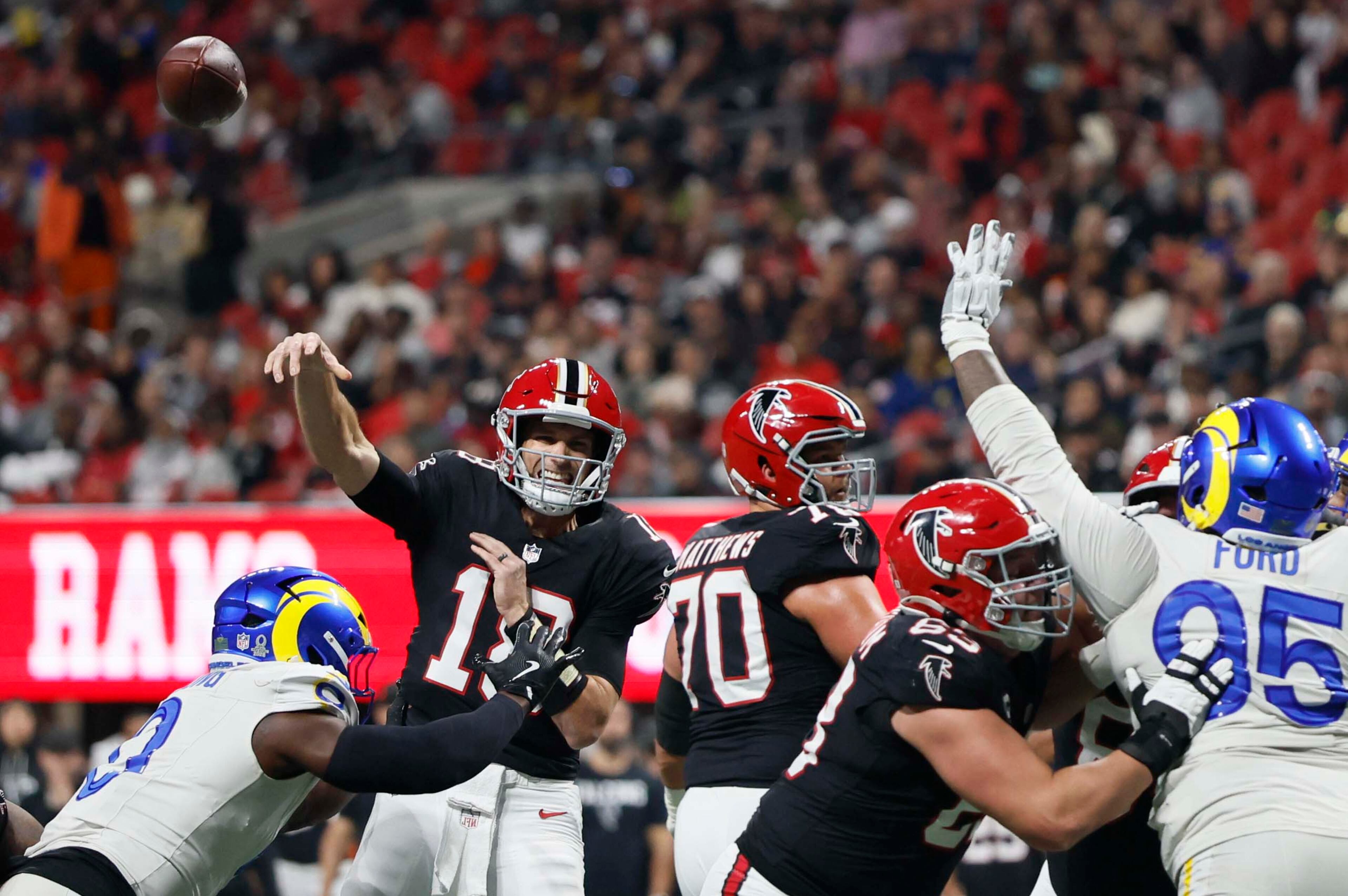An activist still, Carlos embraces Kaepernick’s stance
It was at a nothing preseason game that Colin Kaepernick took his stand. Or, more accurately, took his seat.
The national anthem played Friday as it always does at Kaepernick’s home park outside San Francisco, the prelude to kickoff. His team stood in a neat line on its side of the field as it always had. As teams everywhere have done forever. Kaepernick sat alone on the bench.
And he’ll continue to sit, he said later, until “there’s significant change and I feel like that flag represents what it’s supposed to represent.”
Back at his south Atlanta metro home, John Carlos heard the news of Kaepernick’s gesture, sensed the firestorm it created and applauded.
“The beat goes on, man,” Carlos told The Atlanta Journal-Constitution on Monday.
“We’re still dealing with issues in society, trying to make it a better society.”
Carlos once co-authored a similar gesture, on a slightly larger stage. And it has occupied an upper shelf in the collection of sporting political statements for nearly a half-century.
It was the Summer Olympics, 1968, Mexico City. Carlos (bronze) and U.S. teammate Tommie Smith (gold) took to the medal stand after the 200-meter dash and, and as that same anthem played, thrust black-gloved fists skyward.
To symbolize poverty in the U.S. black community, the two wore no shoes on the podium. His black shirt obscured the USA on Carlos’ track uniform. Both men referred to their raised arms as a “human rights salute,” not as a black power salute, as was commonly reported at the time. And so was born an everlasting image of the unrest of the 1960s.
Carlos was equally certain that Kaepernick’s stance represented a telling look at the racial mistrust and unrest of 2016, following a series of police shootings of minorities. Same kind of issues, different millennium.
“We’re still just asking for understanding about tolerance and justice for all people,” Carlos said.
The Kaepernick controversy straddles some of the most viscerally emotional topics: race; a perception of justice denied; patriotism; a nation’s most powerful symbols.
“I am not going to stand up to show pride in a flag for a country that oppresses black people and people of color,” Kaepernick said.
Such a view divides people along opposite sides of a molten fault line. Some see it as shallow, misguided and disrespectful. Who does Kaepernick think he is, and why is he interfering with my enjoyment of the game?
Others see it as throwing an uncompromising light on a great wrong. Here is someone using a platform for the brief time he has one (it was Kaepernick's presence on the bench during the game that has caused the most consternation; he was replaced as a starter at mid-season in 2015).
Could there be a question which side of the divide Carlos occupies?
“When you sit back and think about the issues that confronted him, it took a tremendous amount of courage for him to do that,” Carlos said. “I’m aware that he’s aware he has walked into the midst of a storm.”
“I’ve got his back. I support him 1,000 percent.”
You think Kaepernick, experiencing some unpleasant traffic on social media and a few ritual burnings of his expensive jersey, is facing critical fire? In ’68, Carlos and Smith were expelled from the Olympic Village and faced death threats and financial hardships back home. A Time magazine pundit at the time called their protest “a public display of petulance that sparked one of the most unpleasant controversies in Olympic history.”
Time — the measure of passing years, not the magazine — has treated the two of them more kindly, though. There is a statue today of the two men’s Mexico City pose at their alma mater, San Jose State. They are track and field hall of famers. Carlos did work for both the U.S. Olympic Committee and the 1984 Los Angeles Games organizing committee. Having moved to the Atlanta area four years ago to be near his daughter, the 71-year-old Carlos has a biography, a fancy website (johncarlos68.com) and a calendar spiked with multiple speaking engagements.
How time treats Kaepernick is to be determined. At the moment, all Carlos wants from such a stand is for it to have a portion of the impact his own had in 1968. “If nothing else, it was enough to get people up off their ass and start having conversations and discussions, wondering what would make these individuals step up and do what they did?” he said.
And, today, when the national anthem plays and John Carlos is in the building, what is his own stance?
“I’m American. No ifs, ands or buts about it,” Carlos said. “I’m not going to run from America but I’m not going to close my eyes to the ills of America either. I support the American flag.
“I don’t have to make a statement about the flag, to stand or to sit.”
It is someone else’s turn to stir that particular pot now.



